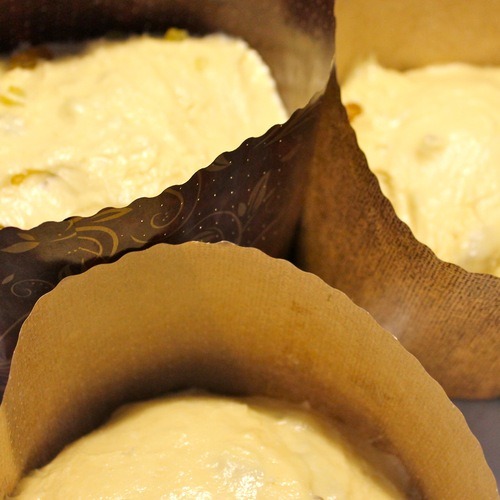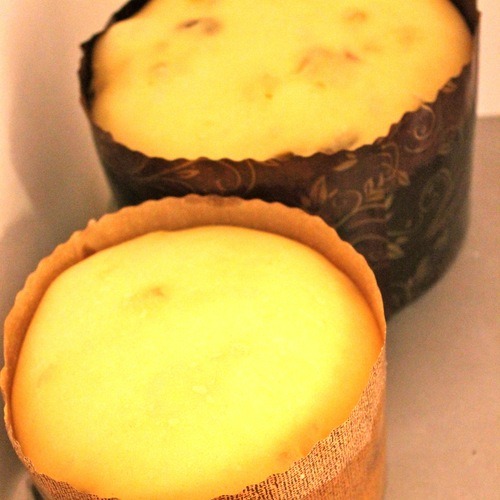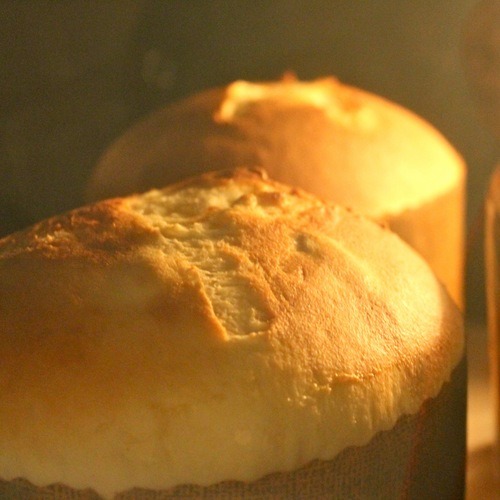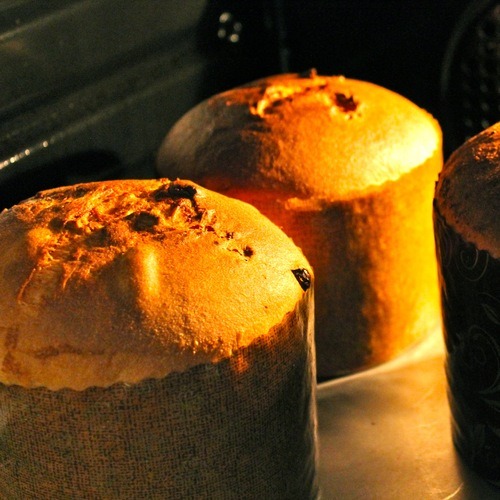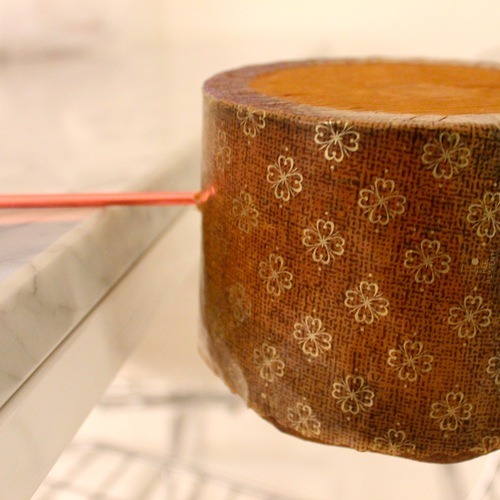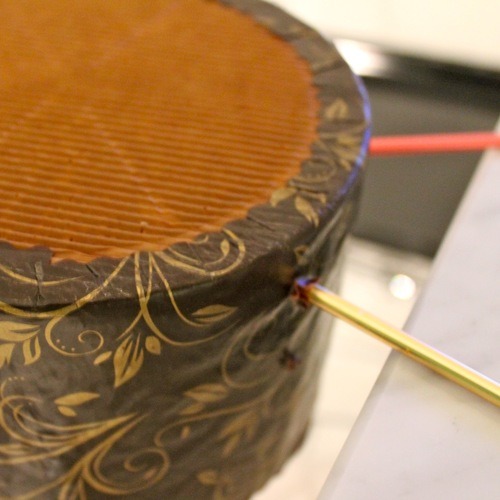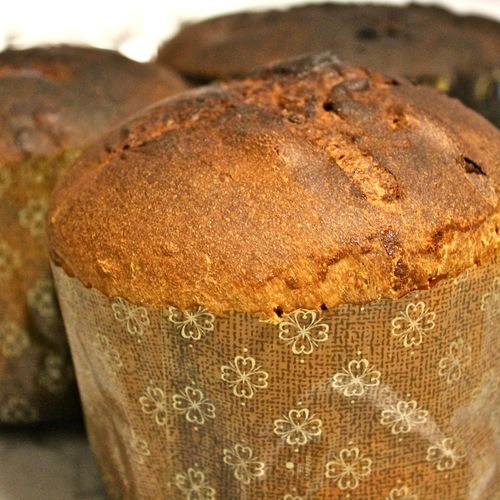
The Milanese tradition is very strict: for Panettone you must use natural yeast. The preparation is very easy though it requires patience and time. Natural yeast by the way is not an easy affair (check here how to make it and use: Natural Yeast).
To make a Panettone you must be patient and make sure that the overall temperature of you kitchen is constantly between 23° and 28° C (below it would take too long, above the yeast could deteriorate).
When baking it, be aware that the Panettone is ready when it reached 94°C (measure it with an electric termometer).
NOTA: the very last refresh of the natural yeast must happen no longer than 3 hours before you start the panettone dough.
For 1 panettone or 750 grams
I dough – 80 grams of natural yeast (you can make it – see above – or buy it at a baker), 240 grams bread flour, 80 grams of butter, 80 grams of sugar, 1 egg, 4 egg yolks, 90 gram of fresh water;
II dough: 80 grams of bread flour, 80 grams of butter, 50 grams of honey, 40 grams of sugar, 5 egg yolks, 200 grams raisins, 100 grams or candied oranges and citrons diced, 1 vanilla pod, orange grated zest, a pinch of salt.
I Dough – melt half of the sugar into the water (warmed up), add the natural yeast and mix well. Meanwhile in another bowl, beat the the egg yolks and the egg with the remaining sugar. Set aside. Add the flour to the natural yeast mixture and add gradually the egg mixture. Knead for a few minutes and set in a separate container, covered with cling film, to do the first proofing for 12 hours (keep the temperature between 23° and 28° C).
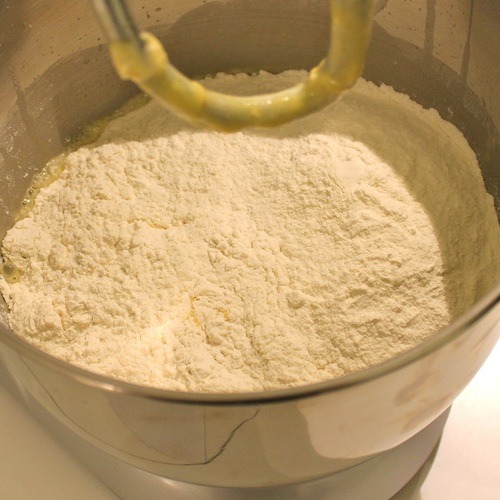
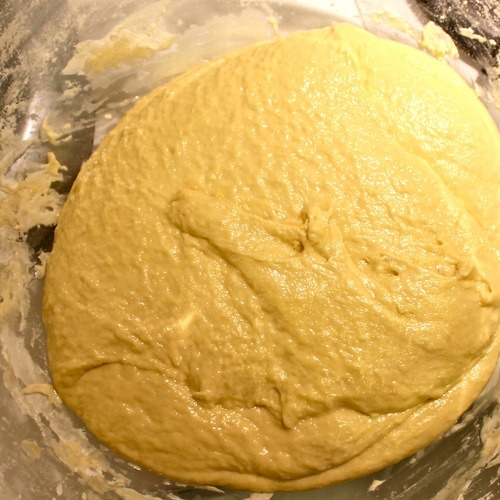
II dough – After 12 hours, mix the orange zest with the sugar and set aside for 30 minutes. Add the egg yolks and beat them well. Add everything to the first dough, add the honey, the flour and the salt and knead vigorously for 20 minutes. Add the butter melted and last the candied fruits and the raisins (kept in warm water for 10 minutes and drained well). Set aside for 1 hour.
After one hour, massage the dough and make a ‘pirlatura’, meaning you should turn the dough 4 or 5 times on a clean surface in order to make sure you create a stronger skin outside. Repeat this operation twice every 15 minutes. Put into the fluted paper case and start the last proofing – 6 hours – in a warm place (kept constantly between 23° and 27° C) until it triplicates its volume.
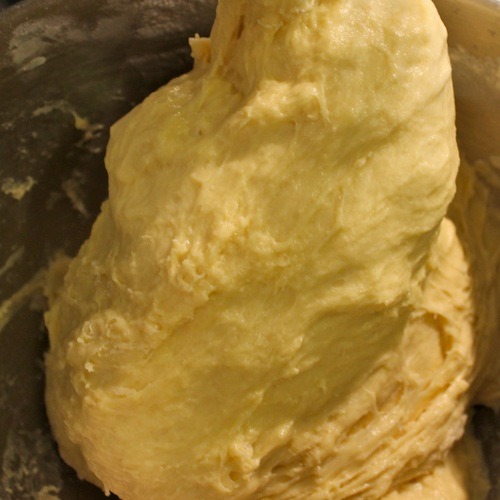
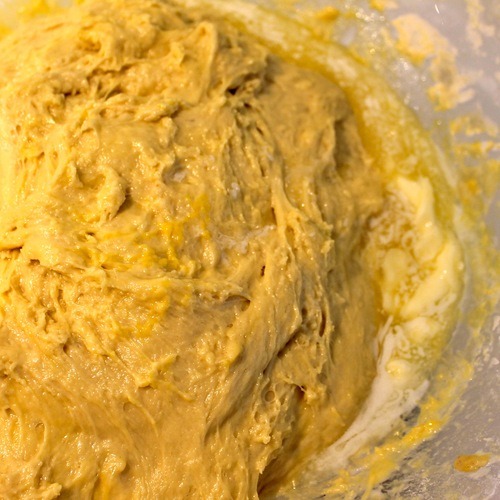
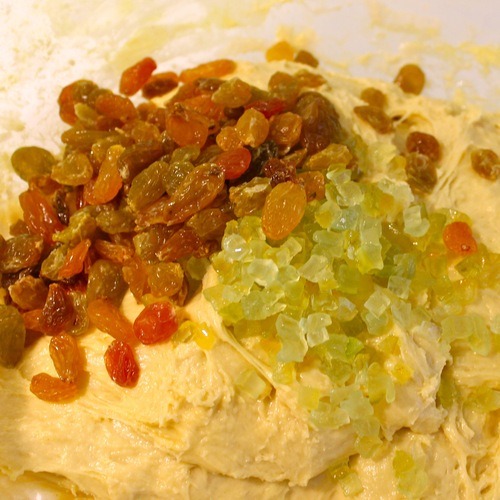
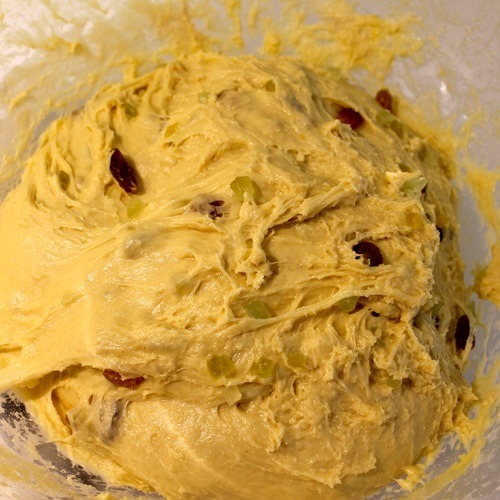
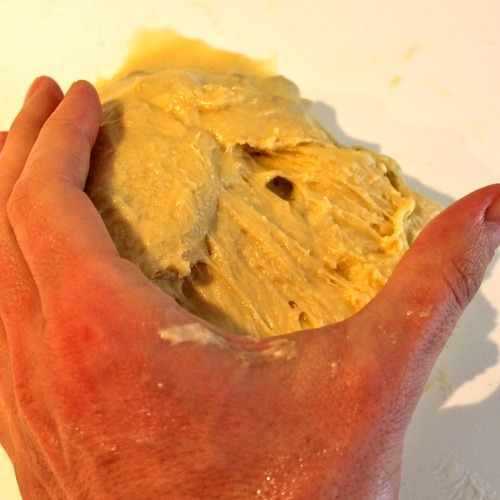
Cut a cross into the center, put a small piece of butter and bake for 15 minutes in pre-heated oven at 175° C. Continue baking for further 40 minutes reducing the temperature to 150° C.
Out of oven, pierce the fluted paper case with 2 long knitting needles and turn the panettone upside down for at least 3 hours. Allow to cool completely before putting it up.
